We often wonder what the miracle was on the eve of Good Friday 1998; what changed in those last tired hours of negotiation in Belfast that made the political agreement possible?
Perhaps we are looking for something that is not there. And perhaps the answer is found in a late realisation that there was no other choice.
At times, politics offers only one road. This was one such moment.
The many “wars” of the conflict period had failed to produce a winner, and the Belfast Agreement became the compromise and the challenge that would be the heavy weights for many to carry – too heavy for some, who walked away.
READ MORE
I was a non-believer then, not able to see Good Friday and its agreement through the fog and the dark of those times.
In my mind, there were many reasons why it would not happen.
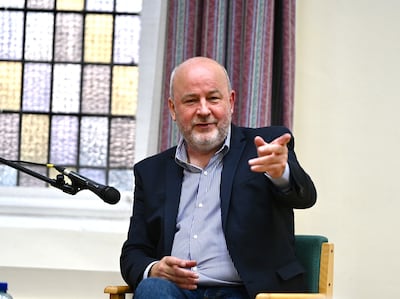
I still see them on an old jotter page; the names of 28 people who lost their lives in a killing rage that spanned the months from December 1997 through to July 1998.
Nor had the Omagh bomb – its dead – yet been added to the list of lost lives.
Sinn Féin figureheads Gerry Adams and Martin McGuinness were fighting battles to keep the “critical mass” of their movement with them; negotiating not just inside Castle Buildings, but, in much more difficult circumstances, outside it.
Peace is not a straight road; nor is it easy. I watched as the trenches were dug deeper.
So, there is much of our story that gets lost or forgotten in the telling of the euphoria of April 1998; that moment that changed things – that gave this place some hope.
We know much more now about those final hours of negotiations, inside a talks process that was about much more than politics and its structures and workings.
Inside that Castle Buildings talks venue, arms decommissioning, police reform and, perhaps the most difficult of all issues – prisoner releases – were other questions urging answers.
The then Ulster Unionist leader David Trimble won the political and constitutional arguments.
Republicans would have to eat their words that shouted: “No return to Stormont”.
So, they needed to win something, and their efforts to do so on the issue of prisoner releases could easily have broken Trimble and wrecked the Agreement before its announcement.
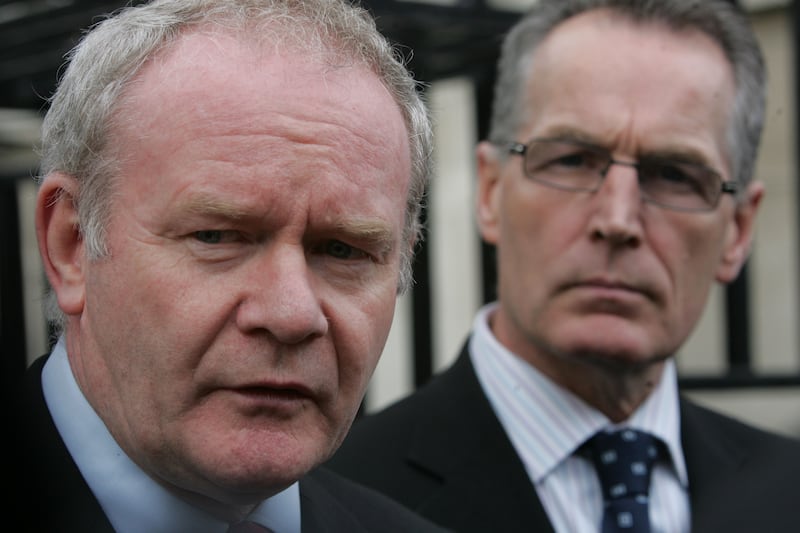
Gerry Kelly, whose story includes his part in a headline IRA escape from the Maze Prison in 1983, had been part of the Sinn Féin negotiating team since as far back as the 1994 ceasefire period.
Four years later, on the eve of Good Friday, inside the talks venue, he visited the loyalist offices and spoke with the leaders of the Progressive Unionist Party, David Ervine, and Ulster Democratic Party, Gary McMichael.
His approach was about trying to win their support to negotiate the planned phased prisoner release scheme down below two years to one.
My abiding regret about the Agreement, because decommissioning then poisoned the thing after ‘98, was that the governments weren’t firmer on Good Friday on insisting on decommissioning being linked to prisoner releases
— David Kerry, adviser to David Trimble
On an old cassette player, I can still hear Ervine telling the story of that conversation. I recorded his words more than 20 years ago and, when I press play now, I am listening to the dead; Ervine, just one of the many key figures from that period, no longer with us.
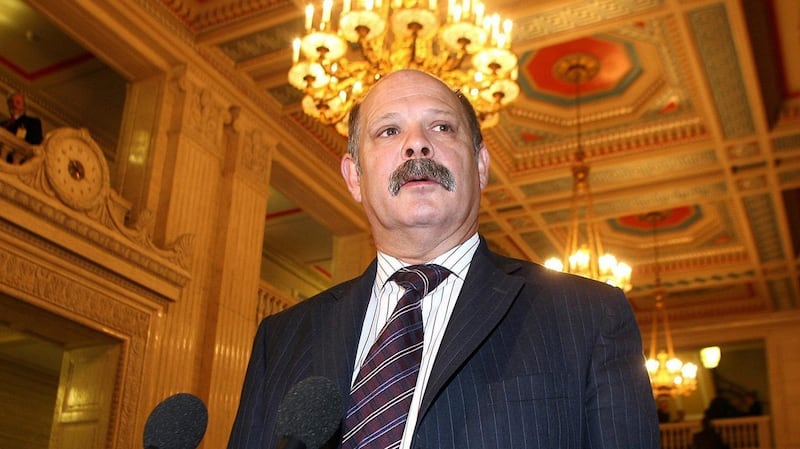
On the night Kelly spoke with him, the loyalist political leader and former prisoner had feared that any attempt by republicans to push further on this issue could potentially “have broken the Ulster Unionists’ back”.
I asked him what he had said to Kelly: “I told him I would pass on what he said to me, but my sense was, it was as good as it got. Of course, I was met with a crescendo of similar opinions when I discussed it with the PUP and the UVF in the conference room,” he said.
Ervine gave the definitive “no” to Gerry Adams.
Dawn Purvis, who succeeded Ervine as an MLA in east Belfast and as PUP leader, but who has since left politics, was in that hothouse of negotiation, where suspicions were high and people nervous. She was in that packed loyalist conference room that night when Kelly knocked on the door: “The heads jumped up in our office like meerkats,” she remembers. The question: “What’s he want? What’s he want?”
Then, she recalls Ervine stepping out of the room and into the corridor for a conversation with Kelly and being away for 10 or 15 minutes.
“When he came back in, he said they [Sinn Féin] want to negotiate prisoner releases down to one year,” Ms Purvis continued.
“We knew at that stage that there were wobbles within the Ulster Unionist Party, particularly from Jeffrey Donaldson [the current DUP leader was then with the UUP]... So, David [Ervine] was very aware of all of those difficulties... and he was very clear, that if Trimble could live with prisoner releases within two years, then the rest of us need to do that as well.”
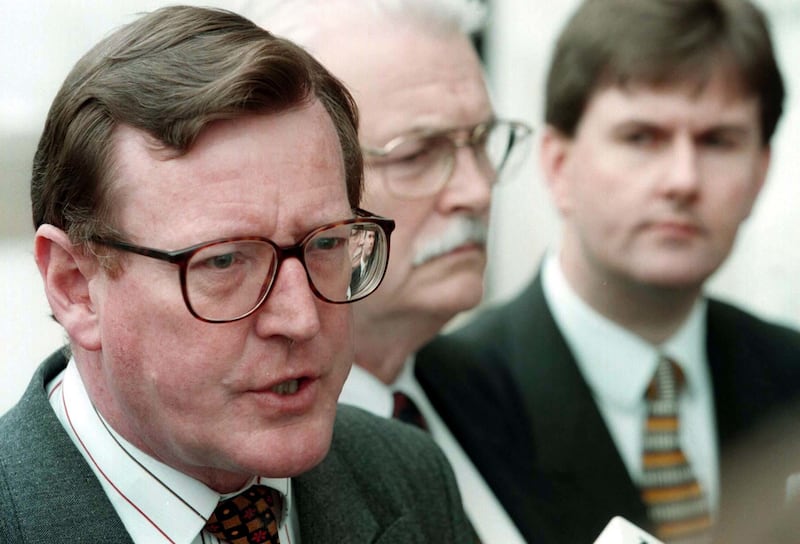
Ervine had a much better sense of the unionist pulse; he understood Trimble’s dilemma more than Adams would have, and knew, on this issue, they could lose the entire agreement.
Even at two years, there would be an earthquake moment.
At the time, David Kerr was one of Trimble’s advisers, at that interface with the media; messaging, explaining, interpreting – hoping, worrying.
There were many sleepless nights across the many talks teams as negotiations moved towards agreement and, then, into the arguments that followed.
“Prisoner releases were never talked about in the Ulster Unionist talks team. It was never mentioned right up until, literally, the penultimate day of the talks – the Thursday before Good Friday,” Kerr recently recalled.
He made the point that Trimble may have known something more, but this had not been shared with his wider talks group.
“So, when it actually crept up on us, right at the death, it was a massive shock to the system,” he continued.
“And, I think, our bottom line was five years with strings attached – conditions.
“And, of course, my abiding regret about the agreement, because decommissioning then poisoned the thing after ‘98, was that the governments weren’t firmer on Good Friday on insisting on decommissioning being linked to prisoner releases, and that, ultimately, I think, was the biggest structural weakness in the deal.”
Trimble was kept waiting. It would be three-plus years before there was even a beginning to decommissioning, and the formation of the political institutions became bogged down in a battle encapsulated within the words: “No Guns – No Government”.
But the prisoners were released in that phased process over two years; hundreds of them, but in stories that focused on just a few – those linked to the horrors and the hell and the loudest headlines of the conflict period:
Patrick Magee, jailed for the bomb at the Grand Hotel in Brighton in 1984, where the Conservative Party was holding its conference. Five people killed.
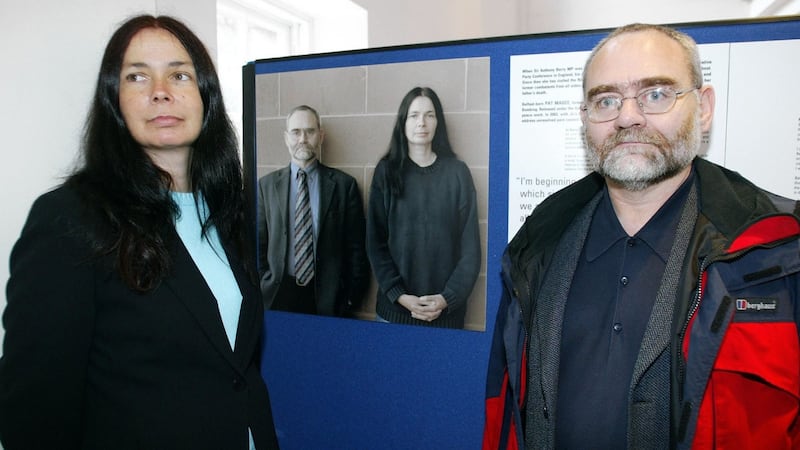
Johnny Adair, who stoked the fires of the loyalist killing rage of the early 1990s when Northern Ireland was once more walked to the very edge.
Michael Stone, whose gun and grenade attack on an IRA funeral in 1988 was caught on camera – murder in Milltown cemetery, there to be seen forever.
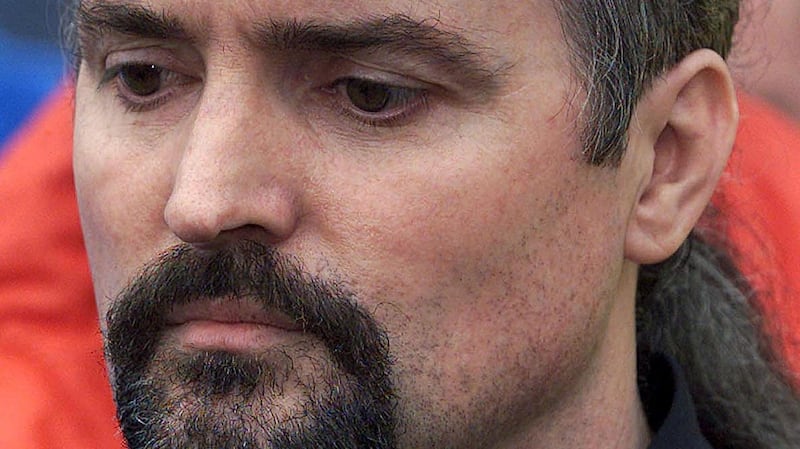
Sean Kelly, part of the IRA bomb team responsible for the slaughter of men, women and children on the Shankill Road in Belfast in October 1993.

At times, on that hard road to and through Good Friday, we were reminded of the influence of the prisoners. On one occasion, in January 1998, then Northern Ireland secretary of state Mo Mowlam agreed to meet the UDA jail leadership, including Adair and Stone. It was a crisis moment.
The UDA prisoners had withdrawn their support for the political talks and, already, the ceasefire was crumbling.
Even after the Mowlam meeting, the killings continued, with a number of organisations becoming involved, including the IRA.
That old jotter page which I referenced earlier is a grim reminder of the forgotten dead of 1998.
Beyond April that year, and before the referendum in May, the governments worried about how this prisoner release element might damage the “Yes” vote.
[ What Bobby Sands means to me: ‘The hunger strikers chose to die. Daddy didn’t’Opens in new window ]
And, in mid-May, there was panic when I interviewed Stone while he was out on parole.
By the time I got back to the BBC, there was a fax signed by him withdrawing permission for the interview to be used; sent, I was told, after a warning that he would be recalled from parole.
The BBC ran the interview.
Stone was a visual, talking example of what prisoner releases would mean.
The ‘New Ireland’ conversation is louder. At some point, that question of Union or Unity will be asked. Who knows when, or what, the result will be?
Days later, a Belfast Sunday newspaper headline read: “Row rages over killer Stone’s TV interview”.
A week before the referendum, the governments worried some more.
Our learning, these many years later, is that you can’t have peace with prisoners.
They were the conscience of the outside leaderships and negotiators, people who could not – would not – be left behind.
This is not to dismiss how raw, emotive and difficult this issue was, and still is.
As part of a series of reports for the BBC, I chatted recently with a retired prison officer who told me of a conversation he had had with Tony Blair in 1998, in which he accused the then British prime minister of walking on the graves of police officers, soldiers and prison officers.
He described the celebration of those prisoner releases by republicans and loyalists as “obscene”.
A quarter-century later, this issue is still an open wound. People who were hurt are still hurting.
And something else that we better understand now, is how that emerging political agreement of 1998 was saved by those who knew how far to push on this issue and, more importantly, where to stop.
[ The ex-IRA men: ‘United Ireland? It’s all guffOpens in new window ]
This 25th anniversary of the agreement coincides with another of those regular moments of crisis in Northern politics.
Things that seemed certain, settled, those 25 years ago, no longer feel so certain or settled.
The “New Ireland” conversation is louder. At some point, that question of union or unity will be asked. Who knows when, or what, the result will be?
But there is a nervousness again about the future. What of the next 25 years – and the next agreement?
Brian Rowan is a journalist and author of several books on the peace process











